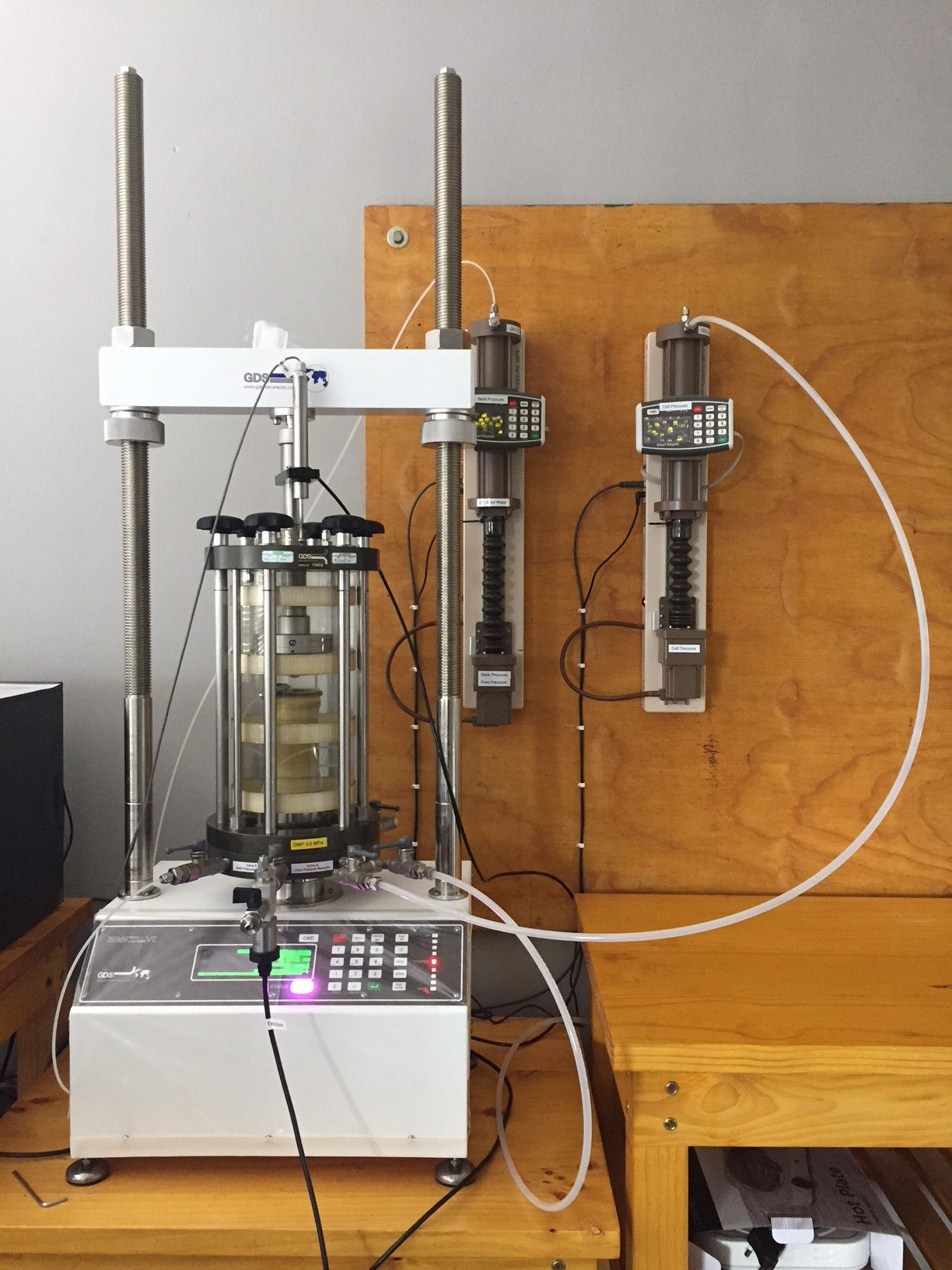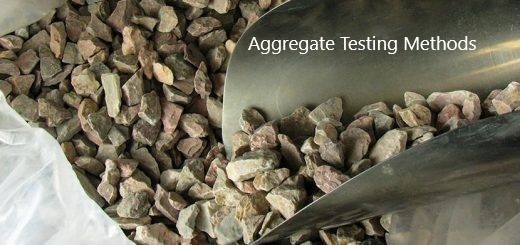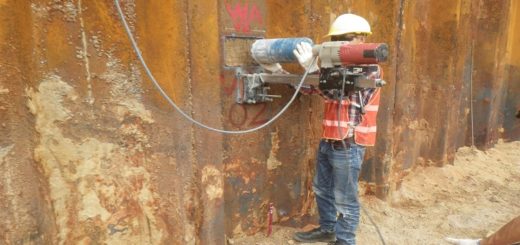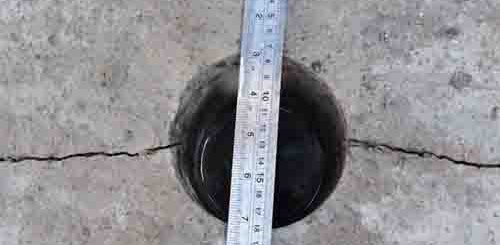Triaxial Test | Detailed Overview
Civil and geotechnical engineering are essential branches of the engineering profession tasked with building and maintaining secure, safe infrastructure. The triaxial test is a powerful tool civil and geotechnical engineers can use to gain insight into the strength and other soil and rock properties of a given material. Through this post, I’ll discuss the basics of triaxial tests, their advantages, and key considerations when planning one. This article is sure to be a useful guide for civil and geotechnical engineers looking to better understand the power of triaxial tests in their work.
Triaxial tests are performed by loading a cylindrical specimen of soil or rock in three perpendicular directions. The measured response of the specimen to this loading provides engineers with valuable information about the strength and other properties of the material. Because triaxial tests are performed on a small, controlled sample of the material, they are an effective way to gain insight into the behavior of larger, real-world structures.
It is possible to determine the basic material characteristics of the sample, such as its angle of shearing resistance, apparent cohesiveness, and dilatancy angle, from the triaxial test data. In order to forecast how the material would perform in a more extensive engineering application, these parameters are then utilized in computer models.
The triaxial test can be used to determine the geotechnical parameter of the soil.
- Cohesion (c) of soil
- Internal angle of friction (φ’)
- Shear strength of soil
- Stiffness of soil
- Permeability of soil
There are many advantages to using triaxial tests in engineering. First, they are relatively simple and quick to perform. Second, they produce reliable and repeatable results. And third, they can be used to test a wide range of materials, from soft soils to hard rocks.
There are also some key considerations to keep in mind when planning a triaxial test. First, it is important to select an appropriate specimen size. Second, the test should be designed to accurately simulate the loading conditions that will be encountered in the field. And third, care should be taken to ensure that the test is conducted under conditions that minimize the risk of specimen failure.
Overall, triaxial tests are a powerful tool that can provide valuable insight into the strength and behavior of soil and rock materials. When planning a triaxial test, it is important to select an appropriate specimen size, design the test to accurately simulate the loading conditions that will be encountered in the field, and take care to ensure that the test is conducted under conditions that minimize the risk of specimen failure.
While triaxial tests are most commonly used to measure the strength of materials, they can also be used to measure other properties, such as the compressibility, deformation, and shear strength of soils.
Types of triaxial tests
Triaxial tests are used to measure the strength and deformation properties of soil, rock, and other materials. There are several types of triaxial tests, each designed to test different aspects of a material’s properties. These tests are used in many fields, such as geotechnical engineering and construction, to analyze soil and other materials and ensure their structural integrity.
- Unconsolidated – undrained (UU)
- Consolidated – undrained (CU)
- Consolidated – drained (CD)
Unconsolidated – Undrained Triaxial Test
The mechanical properties of soil are determined by putting a soil sample under a variety of stress and drainage conditions in a triaxial unconsolidated undrained compression test. In a triaxial cell, confining fluid pressure is applied to the saturated specimen. Typically, three samples of the same soil sample that have been subjected to various confining loads are used for the test.
The test is done according to the guideline of ASTM D2850-15.
The strength that results from this test method’s measurement of a soil’s compressive strength in terms of the total stress depends on the pressure that is created in the pore fluid during loading. This test method prevents fluid movement from or into the soil specimen as the load is applied, hence the pore pressure and consequent strength are different from those produced in situations where drainage is possible.
The unconsolidated-undrained shear strength is applicable when the rate of load movement is so quick that there is not enough time for consolidation to occur during the loading period or for the produced pore water pressure to dissipate.
Consolidated – Undrained Triaxial Test
The shear strength of the soil is assessed using a triaxial consolidated undrained compression test. Before failure is made about because of raising the primary principal stress, the soil’s pore pressure is recorded, and the soil is compacted in a triaxial cell under pressure from all sides.
The triaxial shear test can be used to assess the total and effective stress of the soil and can be used to determine the shear strength of the soil, including cohesion and angle of internal friction.
Consolidated – Drained Triaxial Test
The consolidated drained triaxial compression test is conducted in the same manner as the consolidated undrained test, with the exception that during shear, the back pressure is still linked to the specimen, which is loaded gradually enough to prevent the development of excess pore pressures.
Advantages of Triaxial Test
- We can control the drainage conditions
- Therefore, it is easy to conduct the three types of tests UU, CU &CD without much trouble
- More accurate results can be obtained from the test
- Shear strength distribution uniform on the failure plane
- The variation of the soil stresses can be obtained from the test and the behavior of the soil can be further studied.
Disadvantages of Triaxial Test
- The test is comparatively expensive due to the high equipment cost.
- There are other methods comparatively easy and can be used to obtain these parameters.




